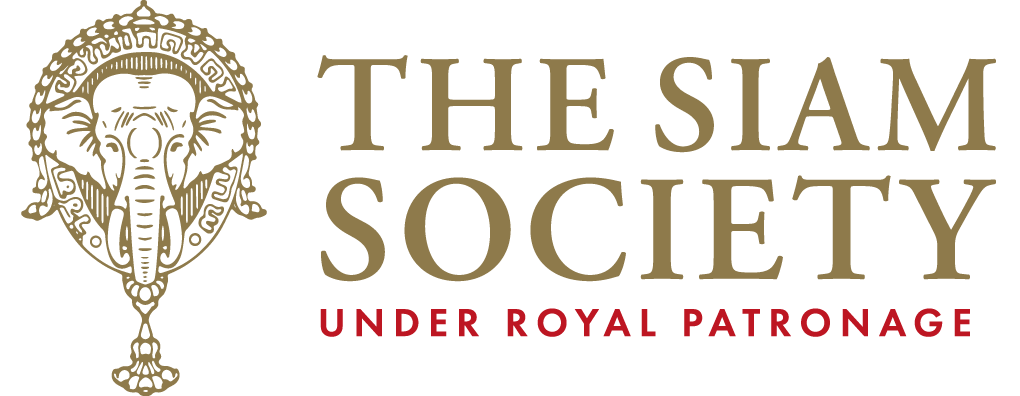Cultural Developments on the Khorat Plateau: Ancient Societies and Networks of Exchange
The Khorat Plateau is the broad, flat region of northeastern Thailand and lowland central and southern Laos. Cultural developments on the Khorat Plateau during the early historic period, defined as the 6th‒13th centuries CE, are best framed within the context of cultural activities in the Chao Phraya and Lower Mekong Basins, as the Khorat Plateau is land-locked. There is debate regarding ancient populations on the Khorat Plateau, and what political and cultural interactions they had with urban centers in the Chao Phraya and Lower Mekong Basins. Colonial scholars reconstructed cultural chronologies for Southeast Asia, with dominant cultures from the first millennium being Angkor and Dvāravatī. The Khorat Plateau was regarded as less-developed, with certain areas being integrated into Dvāravatī and Angkor. In my view, the evidence available at present does not support this perspective as the best explanation of the region’s past. Archaeological excavations during the second half of the twentieth century revealed the Khorat Plateau to be inhabited by populations with complex social structures since prehistoric times; nevertheless, earlier proposals have gone generally uncontested. My analysis of script styles and artifact typology over a period of centuries supports the suggestion that population centers on the Khorat Plateau consisted of one or more cultural groups distinct from those commonly labelled Dvāravatī and Angkor. The Khorat Plateau was arguably a distinct region in which various societies participated in networks of contact and exchange both across the plateau and with other populations throughout the mainland region and beyond.
About the speaker
Hunter Watson is a Senior Research Fellow at the Center for Khmer Studies, in Siem Reap. His research investigates the early historic period of Mainland Southeast Asia, combining approaches from archaeology and linguistics. Hunter holds an MA in Oriental Epigraphy from Silpakorn University, where he studied Sanskrit, Khmer, and Mon, and a PhD in Southeast Asian Studies from the National University of Singapore, where he studied archaeology and GIS technology. His doctoral dissertation was an investigation into Dvāravatī and neighboring cultures, with a focus on inscriptions and script development, as well as art artifacts, coins, ceramics, and ancient interaction spheres.
When
Where
Admission
Members and Students (to undergraduate level) — Free of charge
Non-Members — THB 300
For more information, please contact
To book your place, please contact Khun Pinthip at 02 661 6470-3 ext 203 or pinthip@thesiamsociety.org
More upcoming lectures
-
 Ho Undercover: Ho Chi Minh’s Covert Journey to IndependenceLecturesThursday, 17 July 2025 at 19:00
Ho Undercover: Ho Chi Minh’s Covert Journey to IndependenceLecturesThursday, 17 July 2025 at 19:00 -

-
 The Forgotten Japanese Doctors of Prewar Siam: Medicine, Migration, and Imperialism from the 1890s to 1945LecturesThursday, 24 July 2025 at 19:00
The Forgotten Japanese Doctors of Prewar Siam: Medicine, Migration, and Imperialism from the 1890s to 1945LecturesThursday, 24 July 2025 at 19:00 -
 Tibetan Living & Dying: Insights from the Heart Drops of SamantabhadraLecturesThursday, 31 July 2025 at 19:00
Tibetan Living & Dying: Insights from the Heart Drops of SamantabhadraLecturesThursday, 31 July 2025 at 19:00
